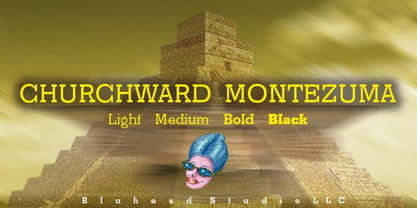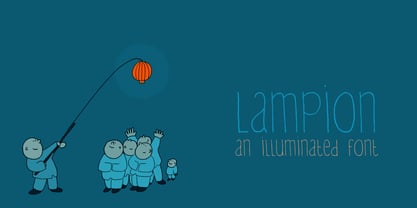615 search results
(0.018 seconds)
- Umber SSi - Unknown license
- Chunky Dressing by Bogstav,
$14.00 - Proza by Bureau Roffa,
$- - RoyHand RP by BluHead Studio,
$25.00 - Churchward Montezuma by BluHead Studio,
$25.00 - Lampion by Hanoded,
$15.00 - Churchward Supascript by BluHead Studio,
$25.00 - Maize - Unknown license
- MachineScript - Unknown license
- HotDog - Unknown license
- Earth - Unknown license
- SonyannaScriptSSi - Unknown license
- Gizmo SSi - Unknown license
- RoughBrush - Unknown license
- Garton - Personal use only
- Potsdam - Unknown license
- Bach - Unknown license
- Churchward Marianna by BluHead Studio,
$25.00 - Churchward Alien by BluHead Studio,
$25.00 - Kick Start SSi - Unknown license
- Snippet Script SSi - Unknown license
- AlfredDrake - Unknown license
- DeRoos - Personal use only
- ImperiumSerif - Unknown license
- CHRISTMAS - Unknown license
- Caliph - Unknown license
- NEWYEARS - Unknown license
- Joe - Unknown license
- Memo Script SSi - Unknown license
- EnglishTowne-Normal - Unknown license
- Bellerose - Unknown license
- Brushstroke Plain - Unknown license
- Nauert - Unknown license
- ZoinkFat - Unknown license
- Nauert - Unknown license
- Plantin Infant by Monotype,
$29.99 - Plantin Headline by Monotype,
$29.00 - ClerestorySSK - Unknown license
- MinimaSSK - Unknown license
- Holtzschue - Unknown license


































